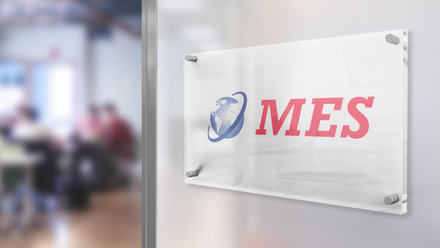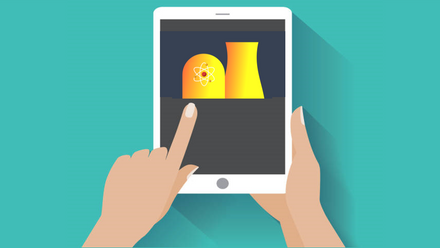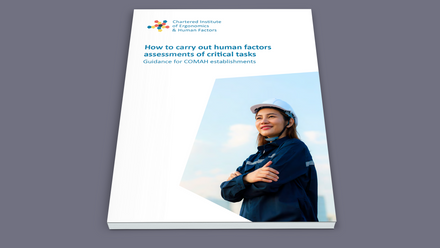Measuring the mental load
Workers in nuclear control rooms have a vital role to play in monitoring performance and reducing the risk of accidents and adverse events. But it’s an environment that places a lot of cognitive demands on them, with a high workload and time-pressured decisions.
The question of how to measure the cognitive workload experienced by control room teams is one that’s examined in a recent article in the journal Ergonomics.
The study looks at three common types of measurement:
- Self-reported: where participants quantify their workload themselves.
- Task performance: made up of primary task performance, which uses operator performance as a measure, and secondary task performance, which looks at the remaining operating capacity.
- Physiological: the effect of cognitive workload on the body’s processes.
It suggests where the different approaches could be used most effectively and called for more research to be carried out using realistic full-scale simulations of control rooms.
The study said: “Self-report measures and secondary task measures were systematically sensitive to human-machine conditions in the nuclear control room and correlated with physiological measures. This finding presumably extends to similar complex work settings. Including a self-report measure of cognitive workload or secondary task measures in the evaluation of human system interfaces is therefore recommended. Physiological measures may have the potential to capture cognitive workload that is not accessible for self-reporting and can thereby provide dynamic measurement.”
Discover the latest thinking in the nuclear sector at the Ergonomics & Human Factors 2024 conference.
Find out more about human factors at the Atomic Weapons Establishment (AWE) in the upcoming issue of our members’ magazine, The Ergonomist – and see AWE at the Careers Day!





